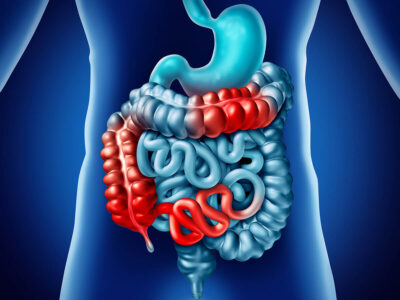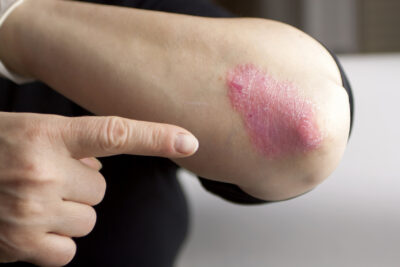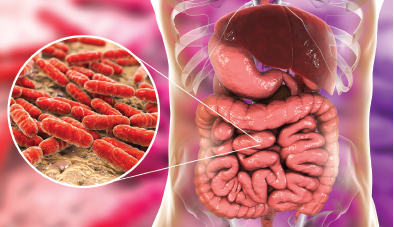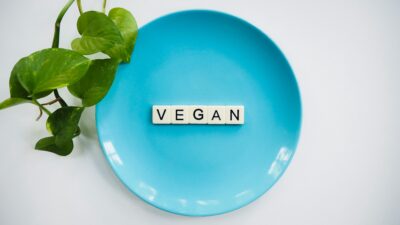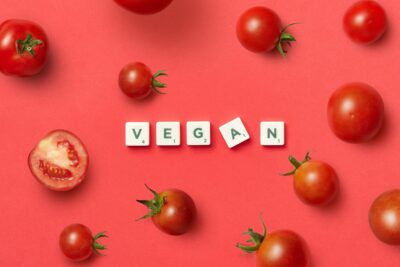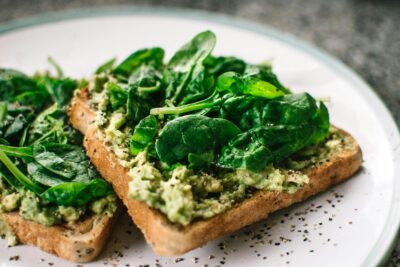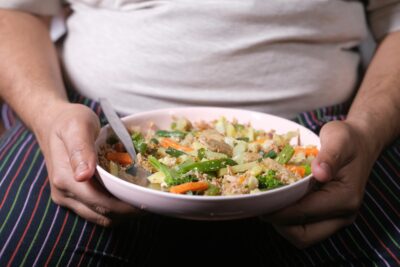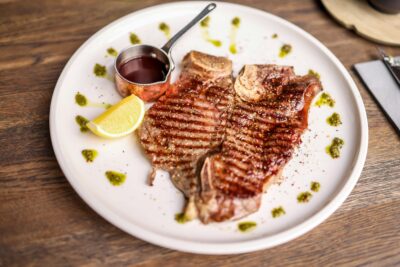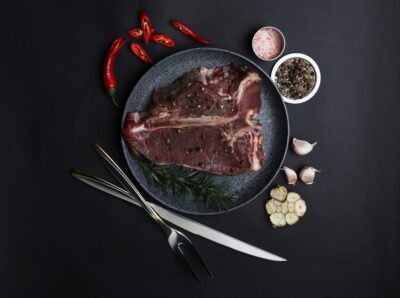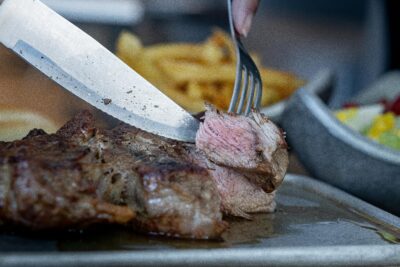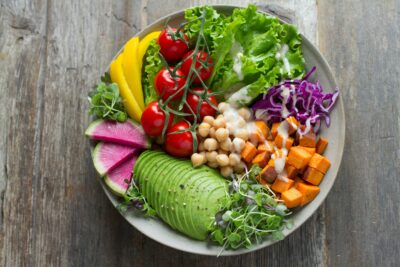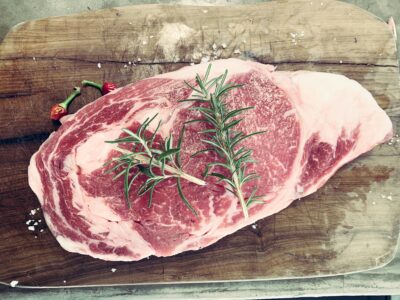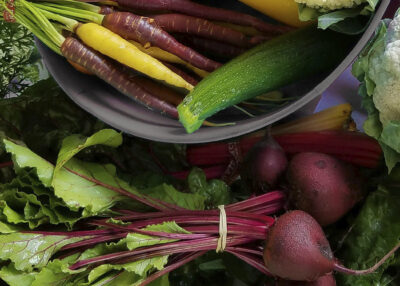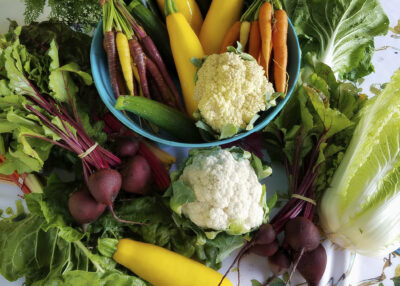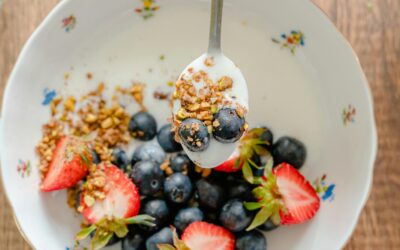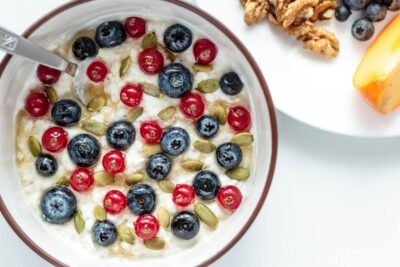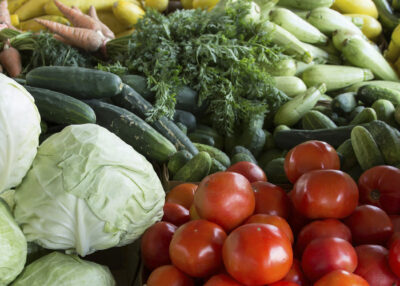Living with eczema means constantly seeking ways to calm flare-ups and soothe itchy, inflamed skin. In recent years, fasting for eczema relief has gained attention, with approaches ranging from water fasting and intermittent fasting to one-meal-a-day eczema management. But do these strategies deliver lasting results? And how does the gut microbiome and eczema fasting interact to influence your skin? Let’s dive into the evidence—and see why a phytonutrient-rich diet for eczema combined with smart macronutrient balance for eczema healing may be the sustainable path forward.
The Appeal—and the Pitfalls—of Fasting for Eczema Relief
Water Fasting and Eczema Symptoms
Water fasting (24–72 hours or longer) can induce ketosis and autophagy—cellular cleanup processes with short-term anti-inflammatory effects. Many our patients report smoother skin during a fast, simply because there’s less dietary “fuel” feeding immune triggers. But this relief often evaporates once normal eating resumes: without continuous nutrient support, inflammation rebounds.
Intermittent Fasting Benefits for Eczema
Time-restricted eating (6–12-hour windows) offers a gentler approach. Some find intermittent fasting benefits for eczema include steadier blood sugar and reduced digestive workload. However, if fasting windows repeatedly deprive you of essential phytonutrients, you risk creating a yo-yo cycle of remission and relapse—never truly addressing the root cause in the gut.
One-Meal-A-Day Eczema Management
OMAD can simplify calorie control, but squeezing all nutrients into one meal is challenging. While one-meal-a-day eczema management may feel empowering at first, our experience shows that it’s unsustainable for most: it’s hard to hit diverse phytonutrient targets and maintain balanced macronutrients in a single sitting.
Why the Gut Microbiome and Eczema Fasting Are Inseparable
Eighty percent of your immune system lives in the gut-associated lymphatic tissue. When you fast, you temporarily starve both “good” and “bad” microbes. But without ongoing dietary support, beneficial bacteria can’t repopulate effectively—leaving you vulnerable to overgrowth of inflammatory species once you restart eating.
Research on gut microbiome and eczema fasting shows that true, lasting improvement comes when you nourish those microbes with:
- Prebiotic fibers (in garlic, onions, leeks)
- Polyphenols (in berries, green tea, dark chocolate)
- Chlorophyll-rich greens (in spinach, kale, herbs)
- Fermented foods (in yogurt, sauerkraut, kimchi)
Fasting may reset your gut for a day or two, but a phytonutrient-rich diet for eczema lasting weeks and months is what truly rebalances the ecosystem underneath your skin.
Building a Sustainable Anti-Inflammatory Eating Plan
Rather than relying solely on temporary fasting, we recommend a hybrid strategy: use short, strategic fasts to kick-start autophagy, then transition immediately into a nutrient-packed food plan.
Phytonutrient-Rich Diet for Eczema
Aim to cover these eight phytonutrient groups every day: polyphenols, chlorophylls, cyanates, phytoenzymes, phyto-oils, prebiotics, alkaloids and betalains. Sprinkle berries and herbs on breakfast, swap white rice for wild rice, add turmeric and ginger to soups, and end meals with green tea instead of empty-calorie snacks.
Macronutrient Balance for Eczema Healing
To starve inflammatory gut invaders, set your plate to roughly:
- 50% healthy fats (avocado, olive oil, fatty fish)
- 25% high-quality proteins (pasture-raised meats, legumes, eggs)
- 25% complex carbohydrates (sweet potatoes, quinoa, vegetables)
This balance curbs simple sugars and starches that feed candida and other pro-inflammatory microbes, while ensuring you’re getting the energy and building blocks your body needs.
Weaving Fasting Into Long-Term Eczema Care
Long-Term Sustainability of Eczema Fasting
If you choose to include fasting, keep it moderate—maybe a weekly 16:8 intermittent fast or a single 24-hour water fast once a month. Use fasting as a “reset,” not a lifestyle. Immediately follow with a microbe-nourishing, phytonutrient-dense eating phase, and track how your skin responds.
Intermittent Fasting Benefits for Eczema become real only when you complement them with targeted nutrition. And if you ever feel fatigued, dizzy, or notice your BMI dipping below healthy levels, dial back the fasting and focus on steady nourishment.
Taking Control of Your Health
By now, you can see that while water fasting and other quick-fix approaches may provide fleeting relief, the true path to lasting eczema improvement lies in rebalancing your gut microbiome with a phytonutrient-rich diet and balanced macronutrients. When you merge the acute benefits of short fasting with a strategic, nutrient-dense eating plan, you address both the symptoms and the root cause of eczema.
For personalized guidance and support, schedule a discovery call with Dr. Chanu Dasari at MGI Clinics. Our Case Studies page features stories of patients who have successfully managed their conditions through the Mind-Gut-Immunity Method.
Frequently Asked Questions
What are the risks of using long water fasts to manage eczema?
Extended water fasting (24–72+ hours) can induce temporary anti-inflammatory effects via ketosis and autophagy, but it also starves beneficial gut microbes and depletes essential nutrients. When normal eating resumes, the sudden influx of substrates can feed pro-inflammatory species, often leading to rebound flare-ups and potential nutrient deficiencies.
How does time-restricted (intermittent) fasting influence skin health?
Intermittent fasting helps stabilize blood sugar and reduces digestive workload, which may translate to steadier immune signaling and fewer eczema flares. However, if fasting windows repeatedly omit key phytonutrients—such as polyphenols and prebiotic fibers—you risk perpetuating a cycle of transient relief followed by relapse.
Can a one-meal-a-day approach sustainably support eczema healing?
OMAD simplifies caloric control but makes hitting diverse phytonutrient and macronutrient targets in one sitting very challenging. Squeezing all necessary antioxidants, fibers, proteins, and healthy fats into a single meal often leads to gaps in microbial nourishment and essential building blocks, compromising long-term skin health.
Why is nurturing the gut microbiome crucial for lasting eczema relief?
About 80 % of immune signaling stems from gut-associated lymphoid tissue. Short fasts temporarily “reset” both beneficial and harmful microbes, but sustained repopulation of anti-inflammatory strains (e.g., SCFA producers) requires daily intake of prebiotic fibers, polyphenols, chlorophylls, and fermented foods to rebuild a protective microbial ecosystem.
How can I safely integrate strategic fasting into my eczema care plan?
Use brief, moderate fasts—such as a 16:8 intermittent window weekly or a single 24-hour water fast monthly—as an “autophagy kick-start.” Immediately follow with a nutrient-dense phase rich in the eight key phytonutrient groups and balanced macros, and monitor your skin’s response in a symptom journal to ensure you avoid fatigue or undue weight loss.
Start Your Journey to Better Health Today
Discover the transformative power of the Mind-Gut-Immunity Method! Over the past decade, Dr. Dasari has helped countless clients reduce inflammation and find relief from autoimmune issues, often in just 3-6 weeks. Now, you can start your journey to better health with our free training. Click the link below, choose your condition, and learn how our proven approach can help you feel better fast.
About the Author
Dr. Chanu Dasari, a distinguished clinician with a career spanning renowned institutions like Vanderbilt University, Oxford University, and the University of California, has made significant contributions to medical research and practice. His work, published in top peer-reviewed scientific journals and adopted by the US Department of Health, highlights his commitment to advancing healthcare. Dr. Dasari is board-certified by the American Board of Medical Specialties and the American College of Surgeons, with a specialization in hernia repair, gallbladder removal, cysts, digestive disease, and cancer. As the founder of the Mind-Gut-Immunity Clinic, he draws from personal experience with autoimmune and digestive dysfunction to lead a team dedicated to patient-centered care using evidence-based protocols.
The insights and recommendations presented in this article are underpinned by rigorous scientific research, including the following key studies:
- Widhiati, S., Purnomosari, D., Wibawa, T., & Soebono, H. (2021). The role of gut microbiome in inflammatory skin disorders: A systematic review. Dermatology Reports, 14(1), 9188. https://doi.org/10.4081/dr.2022.9188 PMC
- Yang, S., Zhu, W., Pan, C., Wang, G., & Liu, X. (2022). Oxidative stress and gut microbiome in inflammatory skin diseases: Therapeutic perspectives. Frontiers in Cell and Developmental Biology, 10, 849985. https://doi.org/10.3389/fcell.2022.849985 Frontiers

